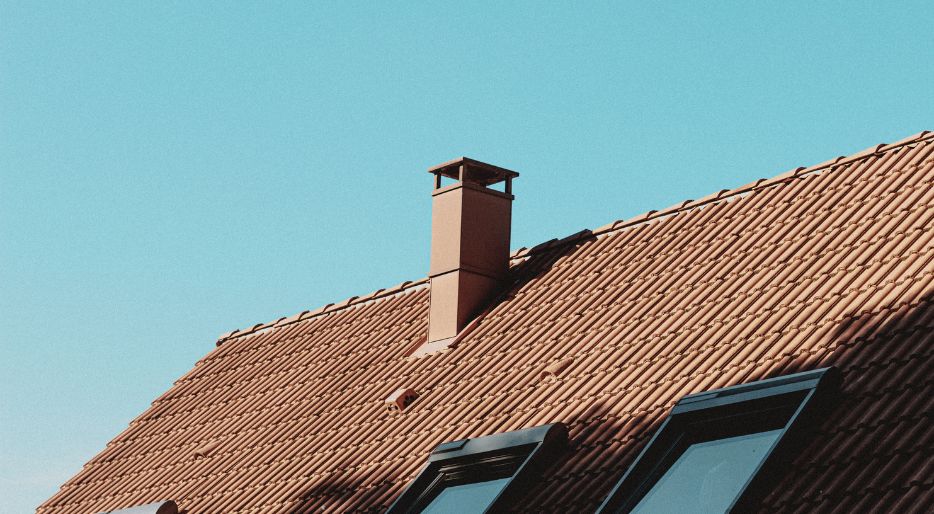
Although we enjoy the warmth of the fireplace, the odors can be unpleasant. With simple tricks like vinegar, salt, or baking soda, you can keep your home fresh and cozy.

The chimney sweep isn’t a modern invention. In 18th-century Europe, they climbed rooftops with soot-covered faces and metal brushes, often considered bringers of luck. Today, even with cleaner-burning stoves like those from Panadero, their role remains essential.
Because soot, creosote, and blocked flues still exist—and now we fight them with better tools, knowledge, and safety in mind.
They remove soot, creosote, and debris from flue walls, elbows, and chimney exits. This prevents blockages, improves draft, and reduces toxic emissions.
A chimney sweep doesn’t just clean. They inspect the structural condition of the system: gaskets, pipes, caps, and the combustion chamber. They can detect cracks, leaks, or early signs of wear that you might miss.
Creosote is highly flammable. When it builds up, it can ignite and cause a chimney fire. Professional cleaning greatly reduces that risk.
A clean flue means your stove burns hotter with less firewood. It improves combustion, saves money, and reduces your environmental footprint.
Some insurance policies or local regulations require annual chimney maintenance. A certified chimney sweep can provide a cleaning report or certificate after inspection.
Yes, but only partially. Here are some useful DIY steps you can do at home:
Burn chimney cleaning logs periodically.
Clean the glass door with a proper stove glass cleaner.
Regularly empty the ash drawer.
Visually inspect the chimney cap and flue pipe.
Use a flexible brush on easily accessible pipes.
But here’s the truth: these steps are not a replacement for professional chimney sweeping.
You can’t reach hidden bends or vertical sections.
You won’t detect gas leaks or structural damage.
You lack tools like rotary brushes, soot vacuums, and inspection cameras.
So even if you’re handy, the result will never match a professional chimney cleaning.

Even with proper use, chimney pipes build up residue. If you use your wood stove heavily, two cleanings per year (before and after winter) are advisable.
Smoke entering your home
Blackened glass within hours
Weak or struggling fire
Strong smell of soot
Loud noises in the flue
Poor draft or smoke backing up
It’s common for nests, leaves, or condensation to block the flue. Better to check it before firing up your stove again.
This type of fuel produces more smoke and faster buildup. More frequent cleaning is a must.
Rotary power brushes
Inspection cameras with lighting
Industrial soot vacuums with HEPA filters
Refractory sealants for damaged gaskets
Gas leak and CO detectors
Increased risk of chimney fires
Exposure to carbon monoxide
Inefficient burning and more firewood used
Smoke stains on walls and furniture
Loss of warranty if proper maintenance isn’t followed
At Panadero, we craft wood-burning stoves that are elegant, durable, and efficient. But like any quality appliance, they need regular maintenance.
We recommend:
Always using dry firewood (less than 20% moisture)
Annual chimney sweeping
Replacing worn gaskets and cleaning glass with Panadero spare parts
Using quality accessories: log holders, fire gloves, pokers
Working with trusted local professionals for deep cleaning
A wood-burning stove is more than a heating device—it’s the heart of your home. But like all things worth having, it requires care.
The chimney sweep is part of your heating ritual: unseen but vital. Maintain it, and your Panadero stove will keep your home warm, safe, and beautiful for years to come.

Although we enjoy the warmth of the fireplace, the odors can be unpleasant. With simple tricks like vinegar, salt, or baking soda, you can keep your home fresh and cozy.

How to avoid dust in the house when using a wood stove: tips and tricks for a clean and healthy home

Learn how to remove mould from your wood for use by following the steps in this article.

All you need to know: what it is, uses and benefits of wood stoves
To provide the best experiences, we use technologies such as cookies to store and/or access device information. Consenting to these technologies will allow us to process data such as browsing behavior or unique identifiers on this site. Not consenting or withdrawing consent may adversely affect certain features and functions.